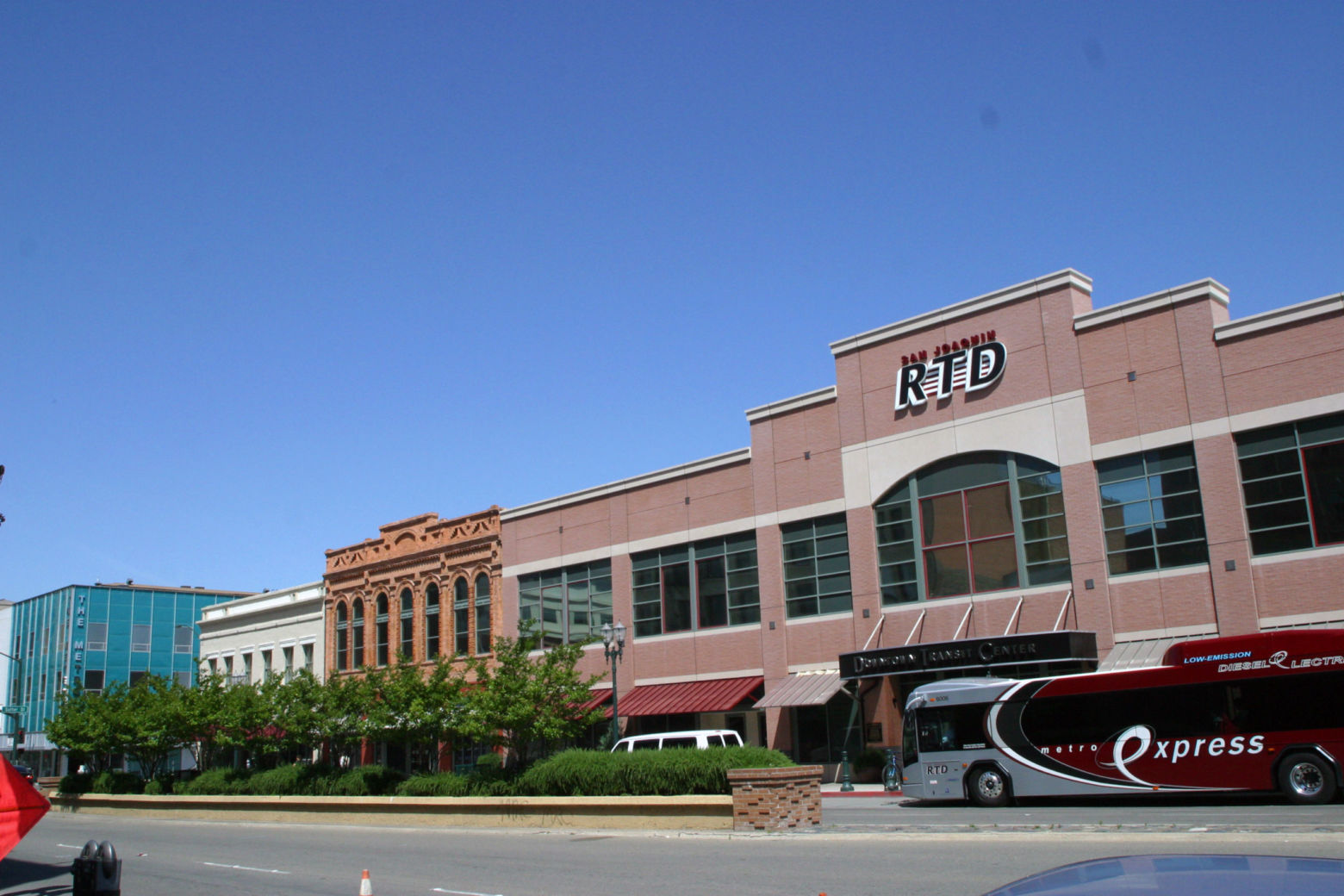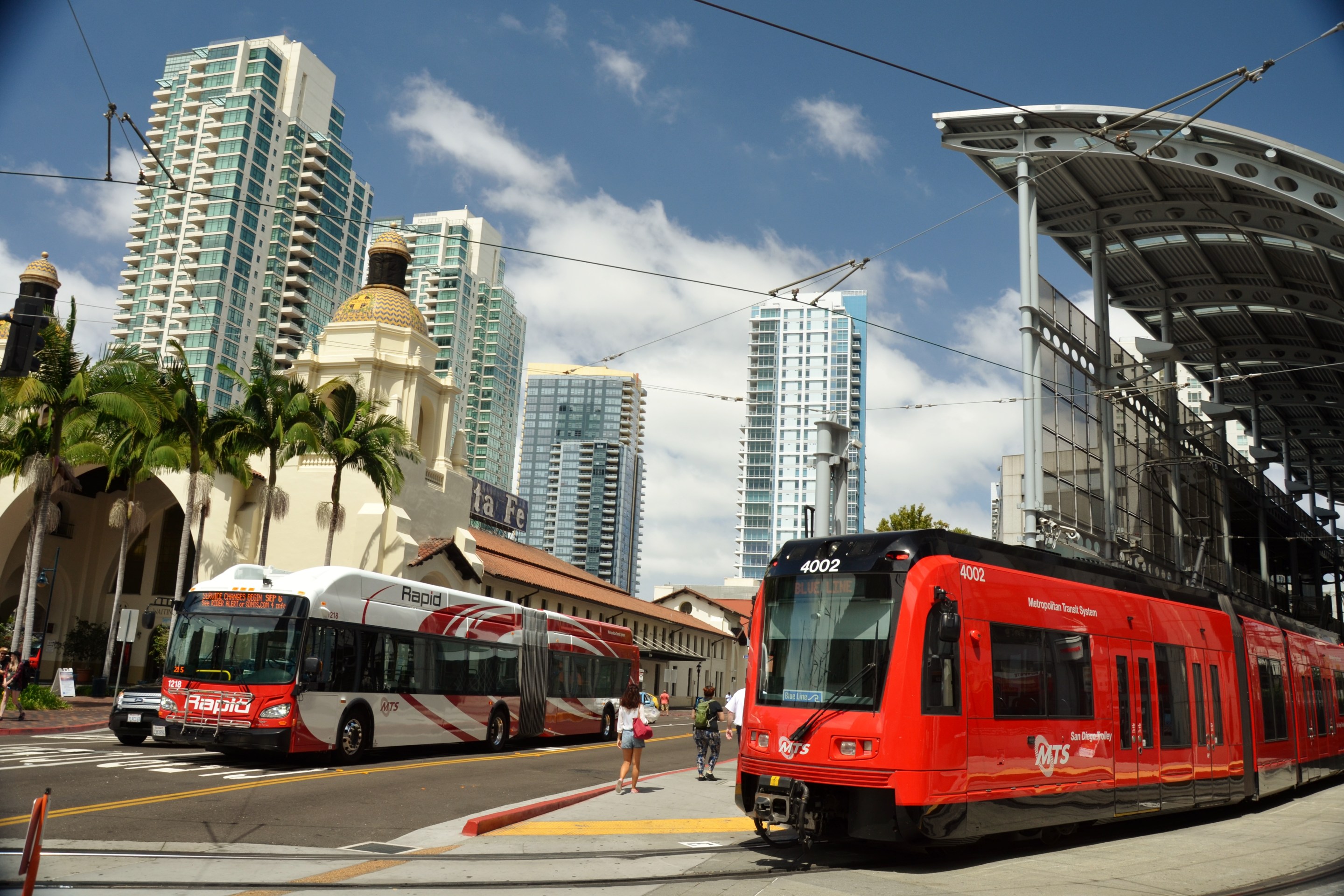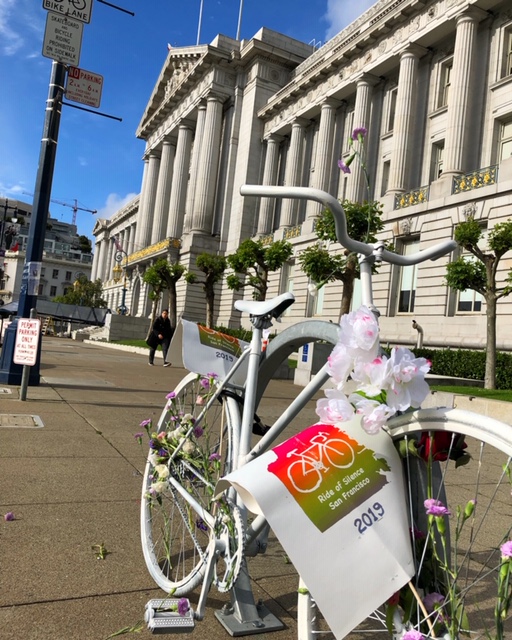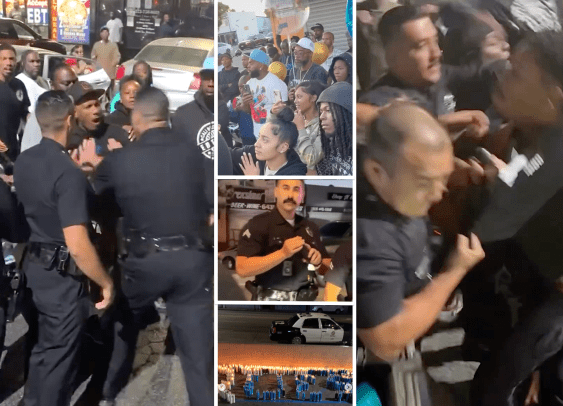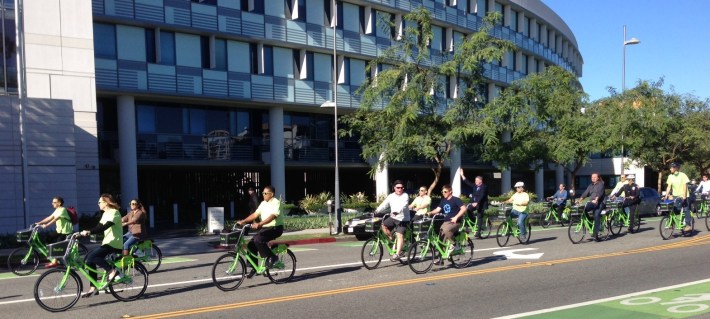
Bike-share is excellent in multiple ways. It eases traffic congestion in large, dense cities. It increases transit use in suburbs and smaller cities. And in all kinds of cities, it reduces auto use. It also has its drawbacks.
These are the results found by researchers Susan Shaheen and Elliot Martin when they studied established bike-share programs in Montreal, Toronto, Washington D.C., and Minneapolis-Saint Paul to find out how bike-sharing programs influence the travel patterns of their users.
The study found “both a modal shift toward bicycle use and a heightened public awareness of bikesharing as a practical transportation mode,” they write in the current issue of Access Magazine, published by the University of California.
The authors found that when people had access to the one-way trips bike-share provided, they drove less. Other mode shifts seem to depend on which city they were in—and are likely a result of a combination of factors, including what kinds of transit is available to them and where the bike-share stations are located.
For example, whether bike-share members walked more or less than they did before vs. after they joined seemed to depend on the city. In both D.C. and Minneapolis-Saint Paul, some walked more and some walked less than before, but the ratios were different. The authors conclude that:
“Bikesharing often complements walking in certain cities but is likely to be situation-specific. Some members in the suburbs may bikeshare instead of walking to or from public transit. Downtown users may walk more to the actual bikesharing stations but then use public transit less.”
They also saw shifts in the amount of rail transit used, which is dependent on the availability and extensiveness of rail available. In all four cities taken together, the authors found that a good chunk of bike share users took trains less often after they joined bike-share.
“Reduced demand for rail transit among bikesharers, particularly in the city center, may benefit public transit operators during rush hours in large transit-intensive cities like Washington, D.C.,” write the authors
By adding transportation alternatives, bikesharing opens up additional capacity on congested bus and rail lines in the urban core. Indeed, one reason Capital Bikeshare was launched in Washington, D.C. was to relieve congestion on the subway system. Additionally, bikeshare systems in cities with developed rail systems can save people time by providing more direct routes between their destinations, as well as providing health benefits and cost savings.
Another finding of their study, not well highlighted, is that bike-share systems (like other transportation infrastructure, including highways and rail) still do not provide equitable access to their benefits. “Within the four cities, bikeshare members were younger, disproportionately male, more likely to be non-Hispanic white, and significantly more educated than the general population,” they write.
This may reflect the initial placement of bikesharing stations within downtown cores with high levels of white-collar employment. It may also reflect characteristics of early adopters, such as access to credit/debit cards, which are typically required for system use.”
Bike-share is still a relatively new idea, and as it expands to new cities and within areas where it already exists, we are only beginning to understand the multiple ways it can benefit cities and the people in them. More studies, please! Let's quantify its health, safety, environmental, and other benefits, so that people will stop arguing about whether bike-share operation and expansion deserve public investment.

